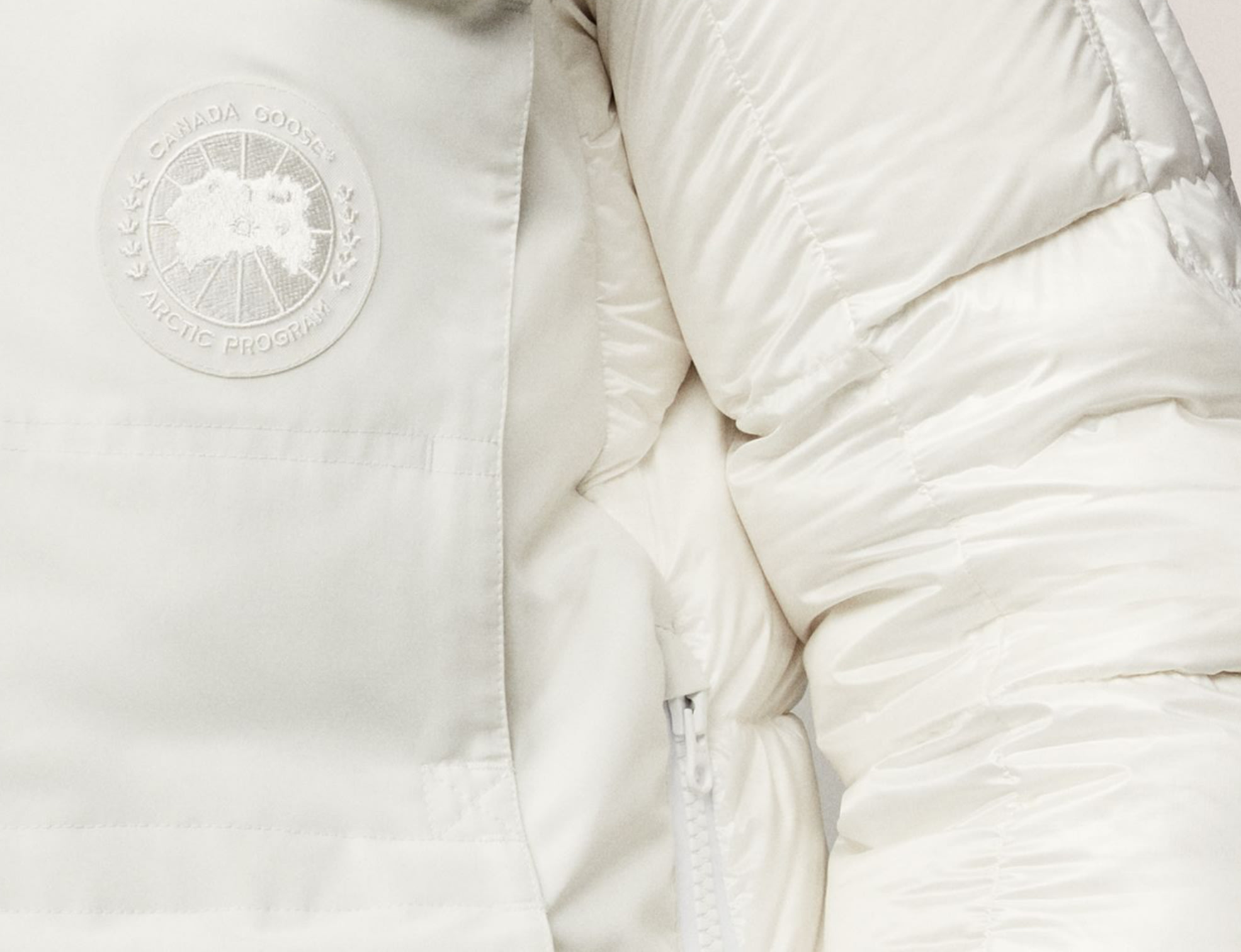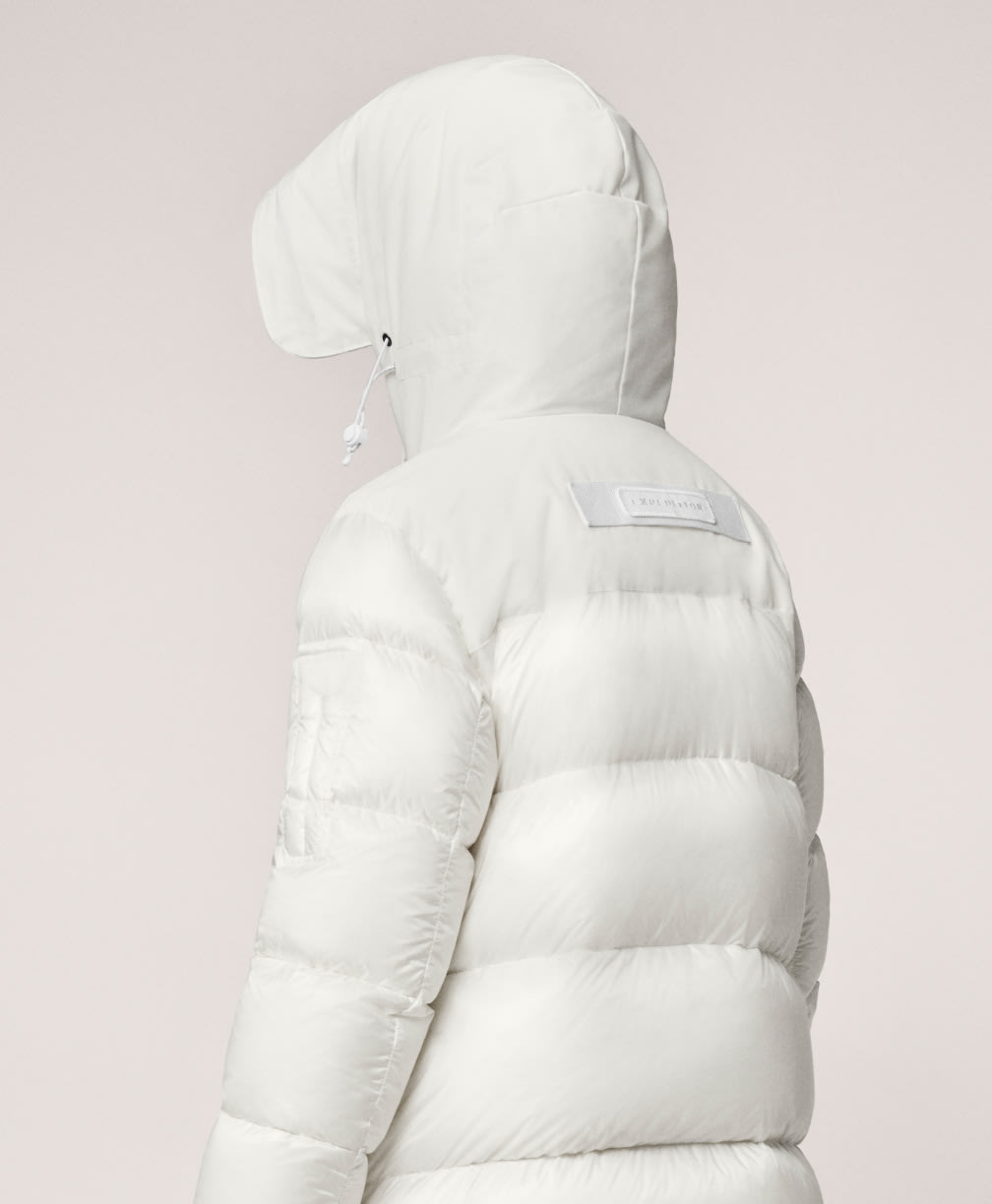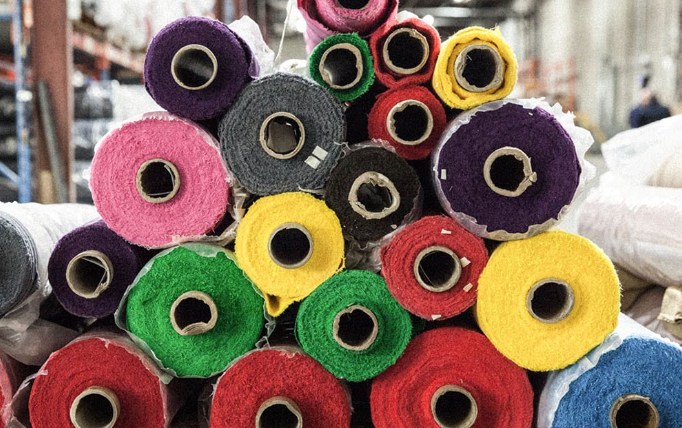Your shopping bag is empty.

Down is the best natural source to provide the most warmth for the least weight.
As a function-first performance luxury outerwear brand, we strive to create products that live up to our purpose to keep the planet cold and the people on it warm. Every one of those products starts with raw materials.

100%
of down suppliers and 100% of jackets will be captured by our transition to RDS.

As one of our most important raw materials, down was a great place to begin our transition to greater transparency. In 2019, we began the transition from our proprietary Down Transparency Standard (DTS) to the globally recognized Responsible Down Standard (RDS).
Under this standard, Canada Goose joins other brands and supply chain partners in ensuring that the down and feathers used in our garments come from animals that are protected under the RDS holistic criteria. The RDS respects the Five Freedoms of animal welfare, prohibits live-plucking, or force-feeding in the supply chain and stipulates that all down is a by-product of the poultry industry. While our previous standard and RDS are guided by the same mission and share many similarities, RDS provides a strong chain-of-custody certification program that follows down throughout the supply chain.
Transitioning to RDS involves every department at Canada Goose. Every supplier and every Canada Goose employee who handles down at any point in the process received training in RDS compliance. All of our down-filling facilities were audited by an independent third party against the RDS standard by January 2020, and all down suppliers achieved RDS certifications by February. Altogether, Canada Goose managed and financed trainings, audits, and remediation plans for 35 facilities in 2019-2020. We continue to work very closely with our down-filling facilities to ensure management systems and best practices are effectively maintained.
The global pandemic situation slowed us down temporarily, but we remain on track to become RDS certified as a brand by the end of 2021. At that time, 100% of our domestic manufacturing facilities will be certified to RDS – meaning you will see RDS certification on our parkas. We also require the purchasing and use of RDS down in the rest of our supply chain outside of Canada.
In the apparel industry, and for a company with the global scope of Canada Goose, a transition like this is daunting. Get the details on how Canada Goose has stepped up to the challenge and what RDS certification will mean for consumers.

As one of our most important raw materials, down was a great place to begin our transition to greater transparency. In 2019, we began the transition from our proprietary Down Transparency Standard (DTS) to the globally recognized Responsible Down Standard (RDS).
100%
of down suppliers and 100% of jackets will be captured by our transition to RDS.
Under this standard, Canada Goose joins other brands and supply chain members in ensuring that the down and feathers used in our garments come from animals that have not been subjected to any unnecessary harm. While our previous standard and RDS are guided by the same mission and share many similarities, RDS allows us to fully trace our entire down supply chain from farm to finished goods. This is assurance for our consumers that the down we source is verified for best practices in animal welfare.

Transitioning to RDS involves every department at Canada Goose. Every supplier and every Canada Goose employee who works with down at any point in the process received training in RDS compliance. All of our down-filling facilities were audited by an independent third party against the RDS standard by January 2020, and all down suppliers had achieved RDS certifications by February. Altogether, Canada Goose had managed and financed trainings, audits, and remediation plans for 35 facilities in 2019-2020. We continue to work very closely with our down-filling facilities to ensure management systems and best practices are correctly implemented.
The global pandemic situation slowed us down temporarily, but we remain on track to become RDS certified as a brand – meaning, you’ll see RDS certification on our jackets – by the end of 2021.


Down is the best natural source to provide the most warmth for the least weight.

Natural down is both durable and reusable. By using it, we ensure longevity of product warmth and the down can be reused and recycled when the product reaches the end of its useful life.

Natural down is biodegradable.

All Canada Goose down is a by-product of the poultry industry.

On a per ton basis, natural down has 85% to 97% lower negative impacts when compared to synthetic insulation. Lower impacts are seen in the areas of human health, ecosystems, resources, cumulative energy demand, and climate change. In 2019, this data was captured by a life cycle assessment (LCA) commissioned by the International Down and Feather Bureau and conducted by the independent firm Long Trail Sustainability.
On June 24th, 2021, Canada Goose announced our plan to end the use of fur in all of our products. This decision is driven by our focus on our purpose-based platform, HUMANATURE, relentless innovation, and expanding lifestyle relevance. Through a phased approach, we will end the purchasing of all fur by the end of 2021 and we will stop manufacturing products with fur (both new and reclaimed) no later than the end of 2022. Our design commitment has always been, and continues to be, delivering exceptional quality, performance products that protect our consumers from the elements. As leaders in this industry, our focus continues to be on sustainable product evolution and continuing to make progress on our commitment to reduce our impact on the planet.
In 2019, we made a commitment to source more preferred fibres and materials (PFM) – such as recycled or organic fibres – in order to reduce our use of virgin or conventional materials and incorporate more environmentally and socially responsible materials across our supply chain.
In partnership with Textile Exchange, we introduced a new internal PFM process and education series. Employee representatives from across 13 teams – from Innovation to Compliance, Sourcing to Merchandising, and everywhere in between – completed in-depth sessions to learn about PFM supplier requirements, third-party certifications, source traceability, and proper documentation to substantiate public-facing sustainability claims.
As individuals and as teams, we are now equipped to select, source, design, and communicate with a deep understanding of PFM management and credibility.
Alongside PFM education, we’ve updated our warehousing system, developed new IT processes for managing documentation, and evolved our Raw Materials Supply Chain Map, an internal tool designed to give us a clear view of what’s going on in our supply chain.
Each of these changes internally has made it easier to integrate sustainable raw materials into our sourcing, fabric, and design decisions – and into the products we make going forward.


We believe all products should be safe for the people who make them, customers who use them, and the environment in which we all live. That’s why we operate a comprehensive chemical testing management system based on product safety regulations of the countries to which we sell, and we maintain a Restricted Substances List (RSL) with exposure thresholds that meet and exceed guidance from the American Apparel & Footwear Association (AAFA). To ensure that all of our suppliers are responsibly managing chemicals, dyes, and finishes, we test raw materials and finished articles at the development stage as well as in mass production.
As a global brand, we wanted to go even further to ensure safety across our supply chain, so in 2019 we became a SYSTEM Partner of bluesign®. This globally recognized organization serves as an independent authority on chemicals, processes, materials, and products that are safe for the environment, workers, and consumers.
The bluesign® SYSTEM is a framework for eliminating any environmentally damaging substances from the supply chain. bluesign® uses a system of factory audits and certification to monitor the complex journey of materials from chemical formulation to the finished product. Canada Goose has wholly embraced their criteria for resource efficiency, worker safety, environmental and consumer protection, and chemical exclusions.
We’re aiming for 90% of Canada Goose fabrics in domestic production (by volume) to receive the bluesign® APPROVED label for responsible and sustainable practices by 2025.
We also made a strategic decision to concentrate on achieving bluesign® criteria for our lining materials. This focus on high-volume fabrics allows us to make a larger impact, faster. At the end of 2019, we’d reached 32%.
.